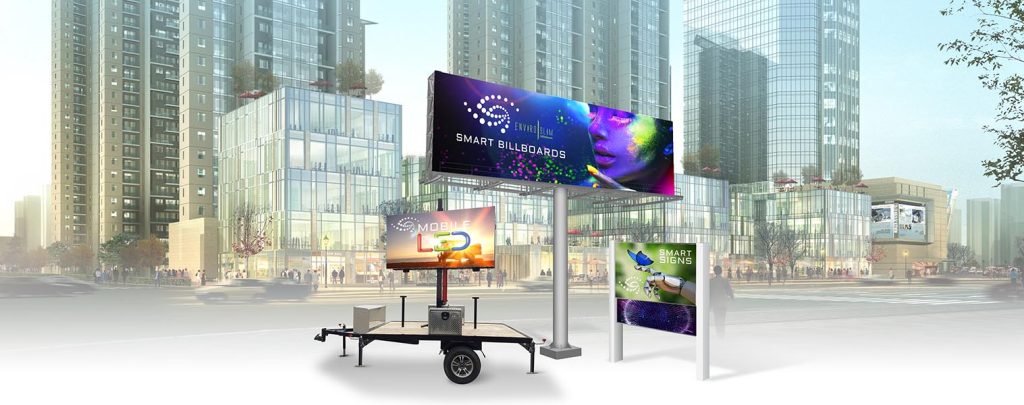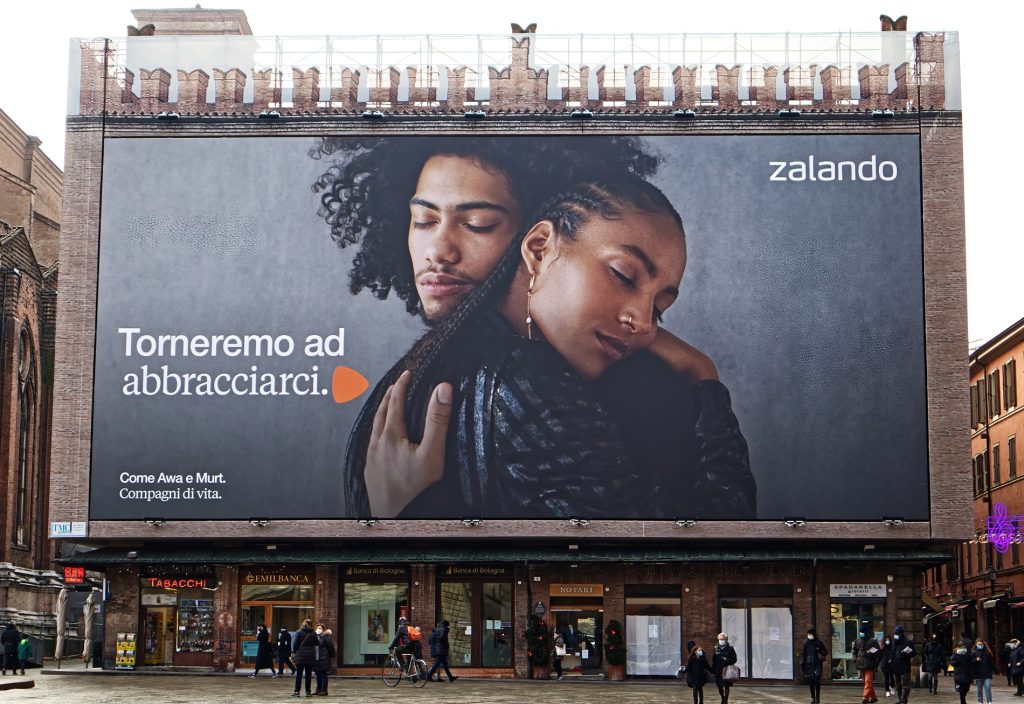Mobile Billboards and Street Furniture Advertising is one of the most common outdoor advertisements used by advertisers to vie for attention and engagement. Both methods harness the power of public spaces to connect with consumers, but the nuances between them play a crucial role in determining their effectiveness for specific marketing objectives.
This article explores the distinctive features of Mobile Billboard Advertising and Street Furniture Advertising, shedding light on the considerations that marketers should weigh when choosing between these dynamic approaches.
Before we start, take a look at these articles to get a better understanding of what we are about to explore today!
We hope you got good clarity on Mobile Billboard Advertising and Street Furniture Advertising. Now, let’s get into the real discussion!
1. Mobility vs Fixed Presence

Mobile Billboard Advertising takes the spotlight with its dynamic, movable billboards affixed to vehicles that traverse designated areas. In contrast, Street Furniture Advertising relies on fixed structures like bus shelters, benches, and kiosks strategically placed in high-traffic urban locations.
2. Location Dynamics

One of the defining disparities lies in the scope of movement. Mobile Billboards offer the flexibility to reach diverse locations based on strategic planning, while Street Furniture Advertising caters to a more localised audience, rooted in fixed urban environments.
3. Visibility and Impact

Mobile Billboards, owing to their size and movement, create a dynamic and memorable impact, especially when navigating through congested areas. Street Furniture Advertising, though static, captures attention consistently in targeted locations, ensuring a prolonged presence.
4. Flexibility and Targeting

Marketers leveraging Mobile Billboards enjoy the liberty of choosing routes and targeting specific demographics. Street Furniture Advertising, on the other hand, is less flexible but excels in reaching specific audiences based on the location of fixed structures.
Explore endless insights and knowledge.
Dive into oOHMatters for inspiration and information.
Your journey to discovery begins now!
5. Cost Considerations

The cost landscape differs significantly. Mobile Billboards may incur higher expenses due to fuel, maintenance, and driver wages, while Street Furniture Advertising generally boasts lower operational costs as it relies on fixed, maintenance-free structures.
6. Ad Size and Design Challenges

The canvas for creativity also varies. Mobile Billboards offer expansive ad space, allowing for more elaborate and eye-catching designs. Street Furniture Advertising, constrained by smaller spaces, demands concise yet impactful designs to effectively communicate the message.
7. Visibility during Traffic

Mobile Billboards often shine during traffic jams or when stationary, seizing the opportunity to captivate a captive audience. Street Furniture Advertising maintains a steady presence irrespective of traffic conditions, providing consistent visibility.
8. Local Regulations

Navigating the regulatory landscape is another critical aspect. Mobile Billboard Advertising may encounter restrictions on the movement of large advertising vehicles in certain areas. Street Furniture Advertising is subject to local regulations governing the installation and maintenance of structures in public spaces.
In the ever-evolving arena of outdoor advertising, the choice between Mobile Billboard Advertising and Street Furniture Advertising hinges on campaign objectives, target demographics, and budget considerations. Each method offers a unique set of advantages, and understanding these distinctions empowers marketers to craft campaigns that resonate with their audience while navigating the complexities of the urban landscape. As brands seek to make a lasting impression in the public eye, the strategic choice between mobility and fixity becomes a pivotal determinant of success in the outdoor advertising realm.
Want to achieve unique and brilliant mobile billboard advertising for your business?
Check out Firstboard home page for more information and book a consultation with them today!
Image Credits: LED Sign Supply, Caci, LinkedIn, Search Engine Journal, uniprint, dreamstime, True Impact, Currin Compliance




